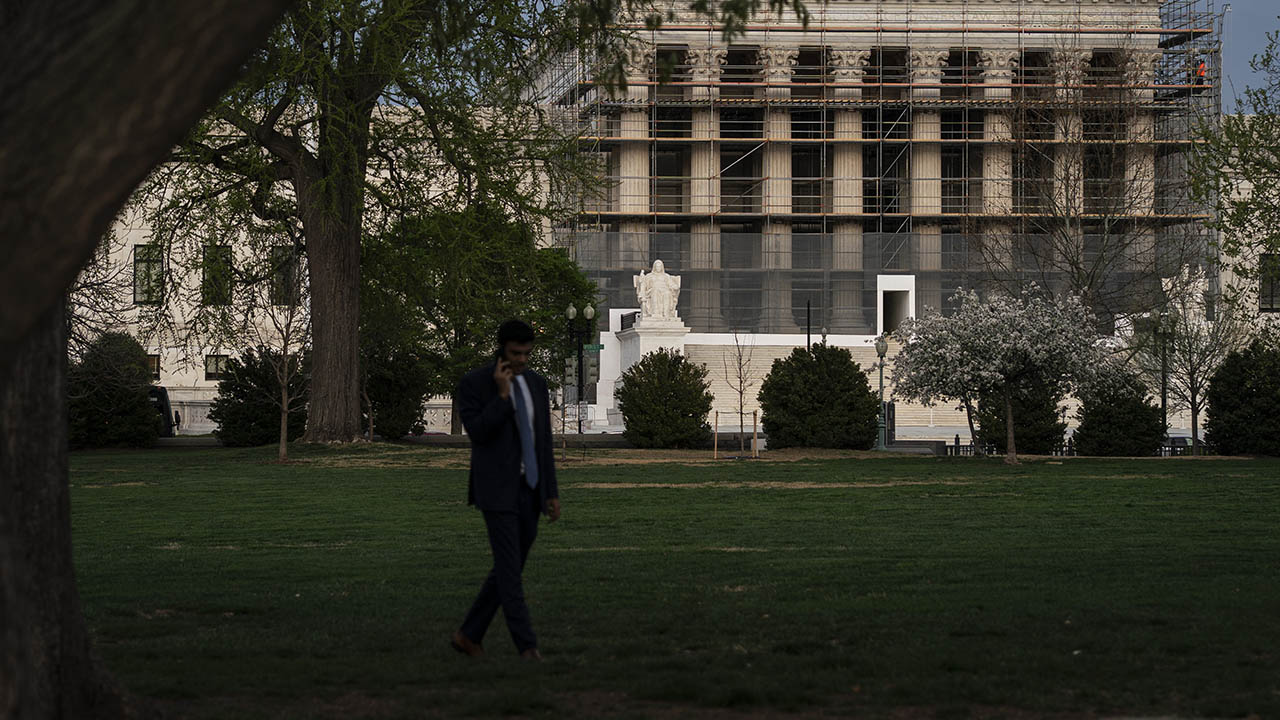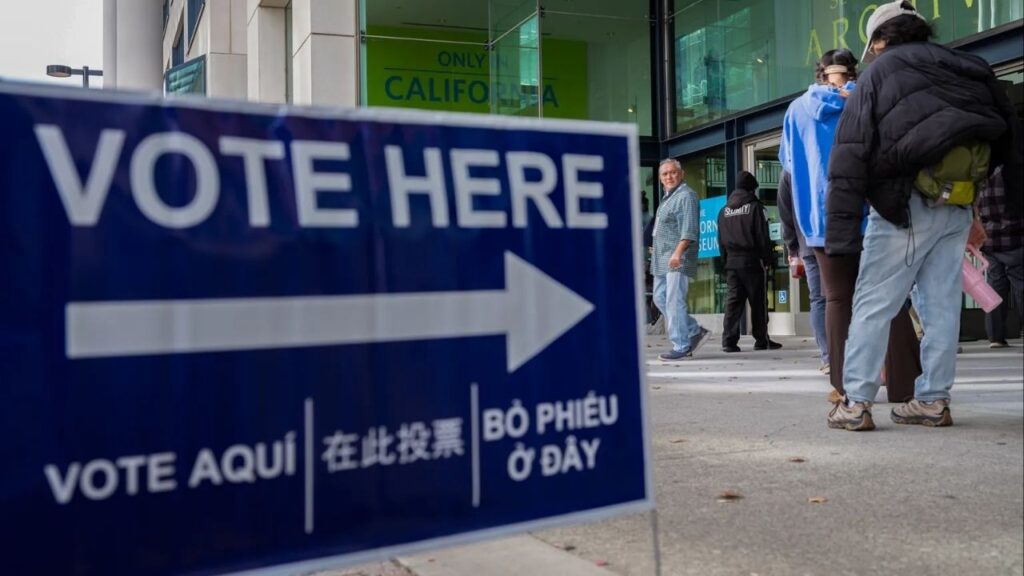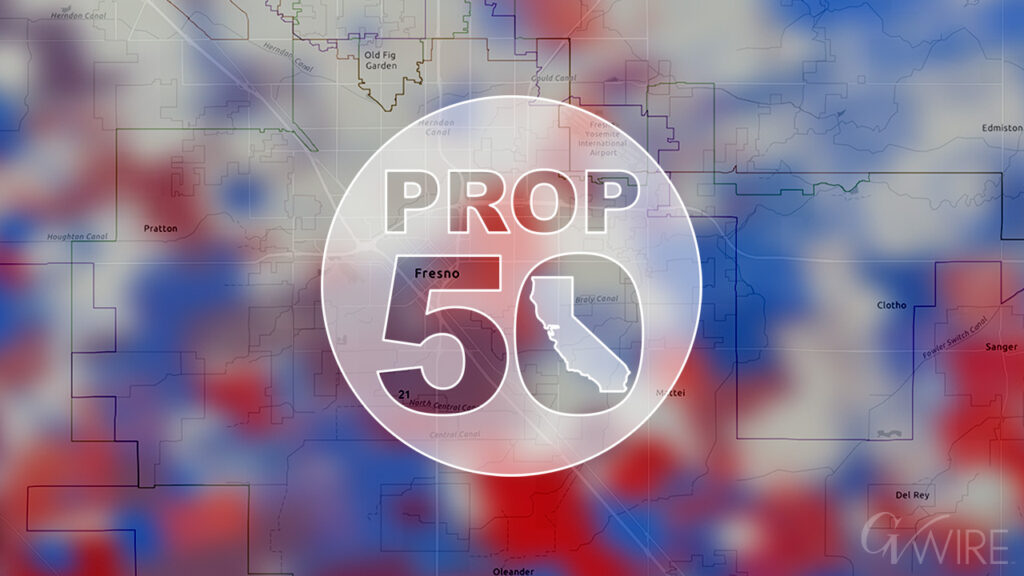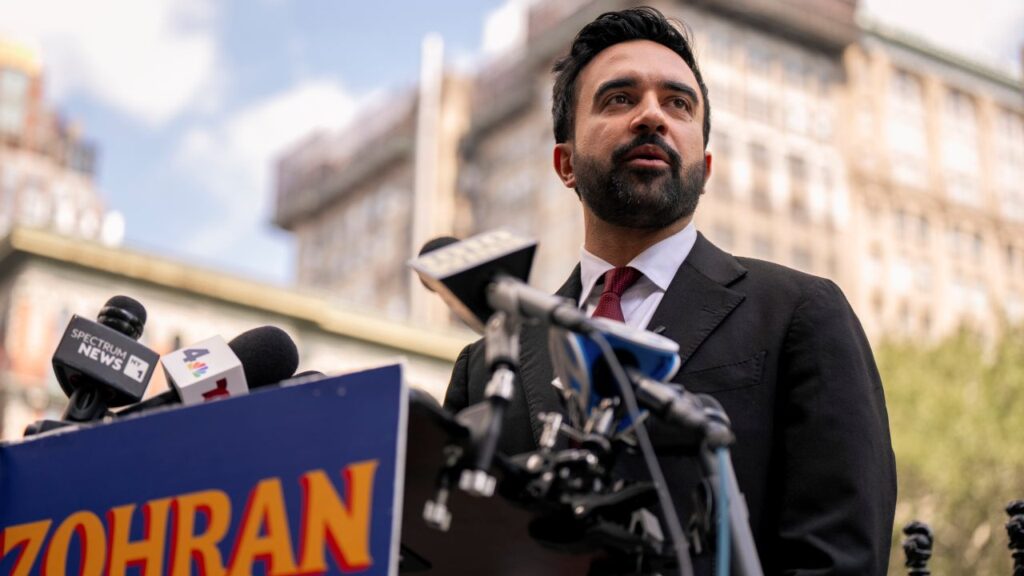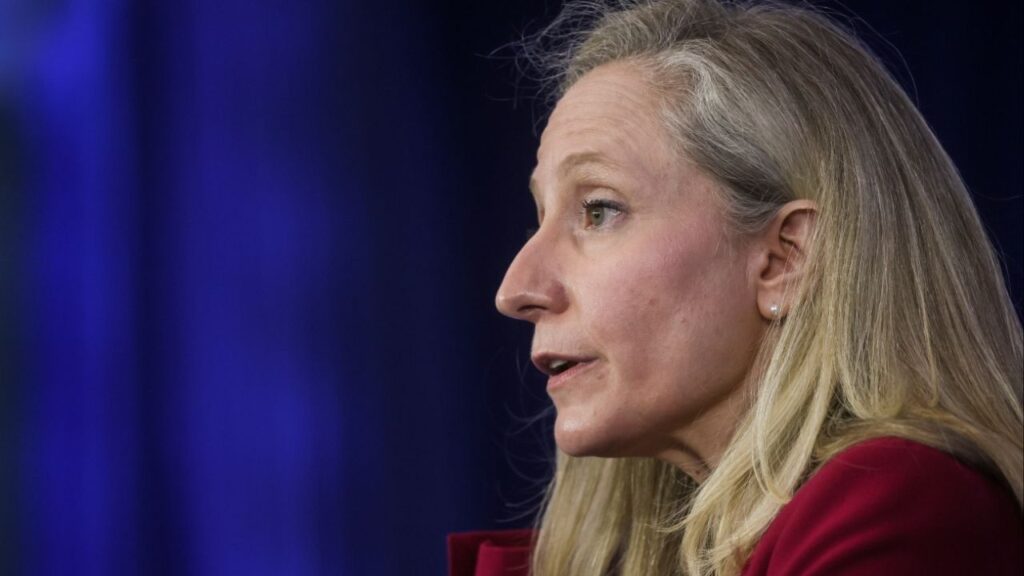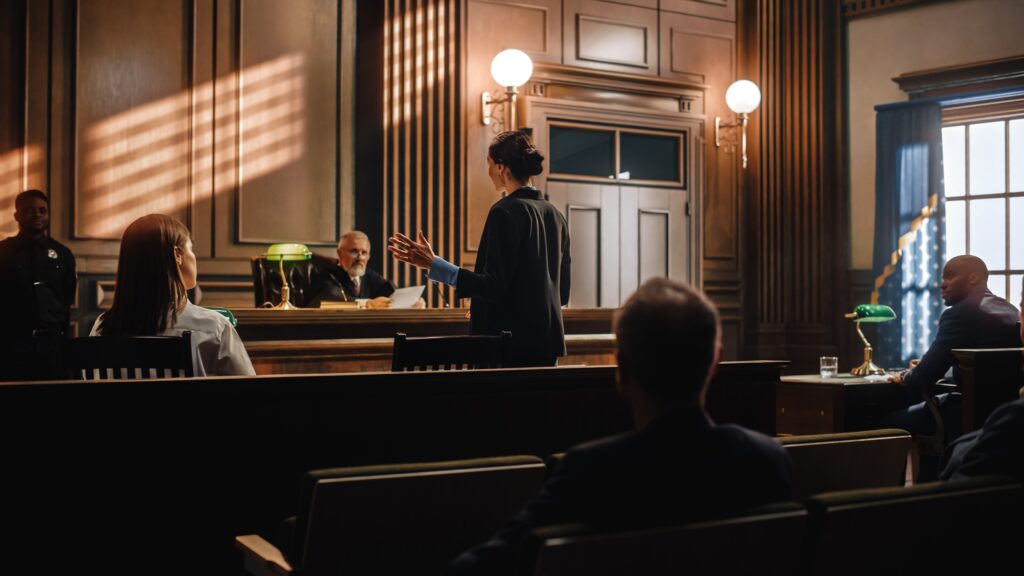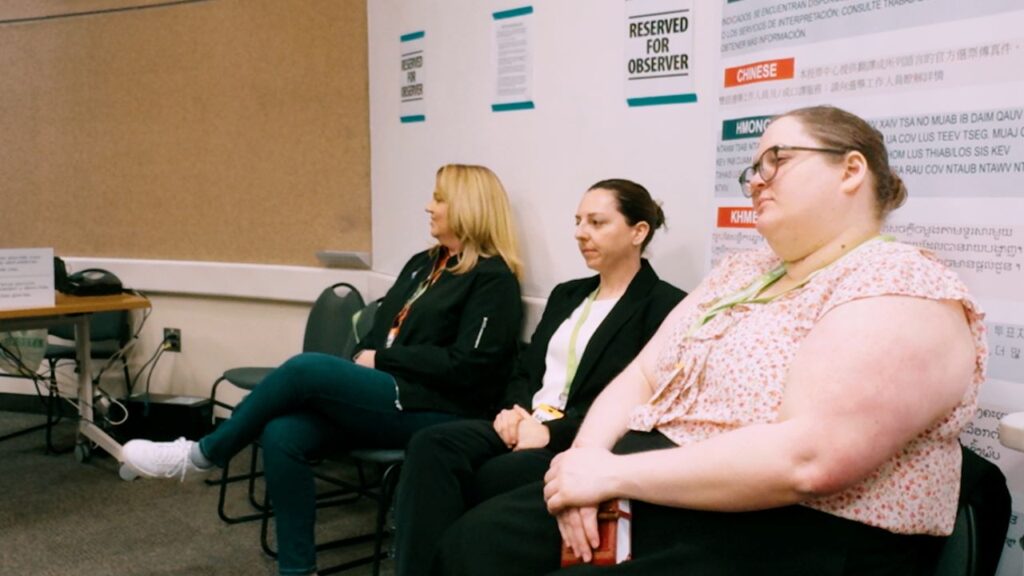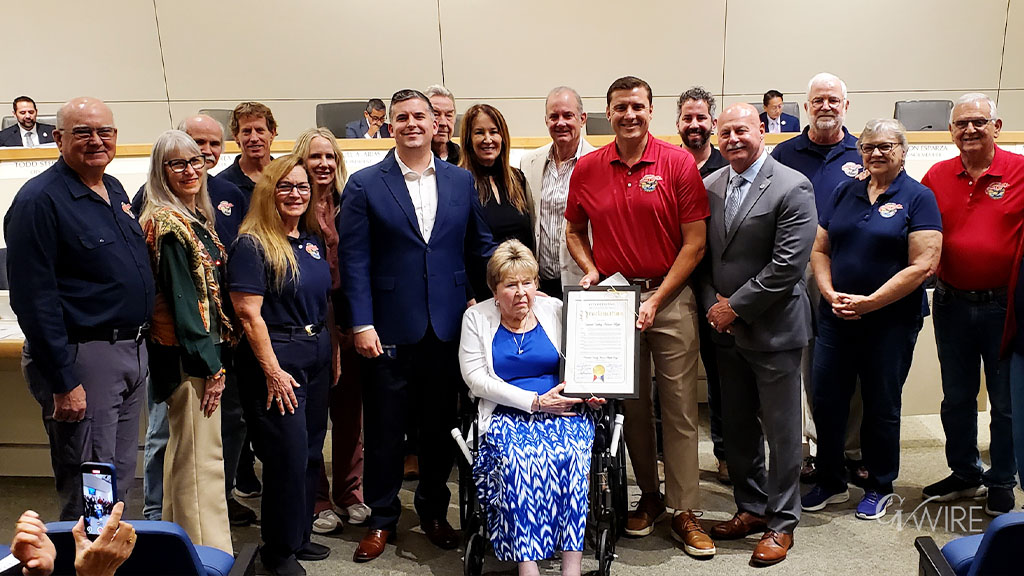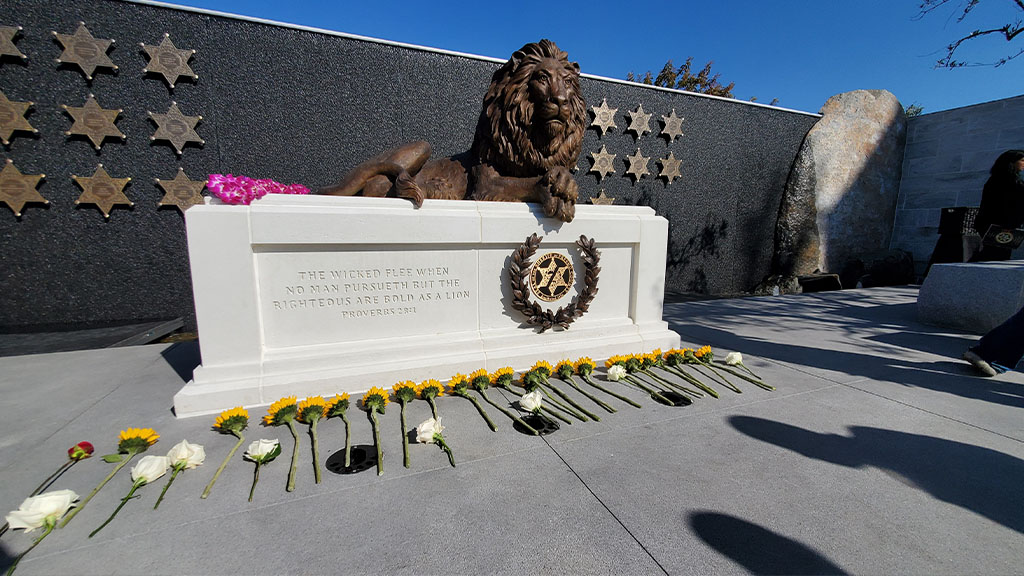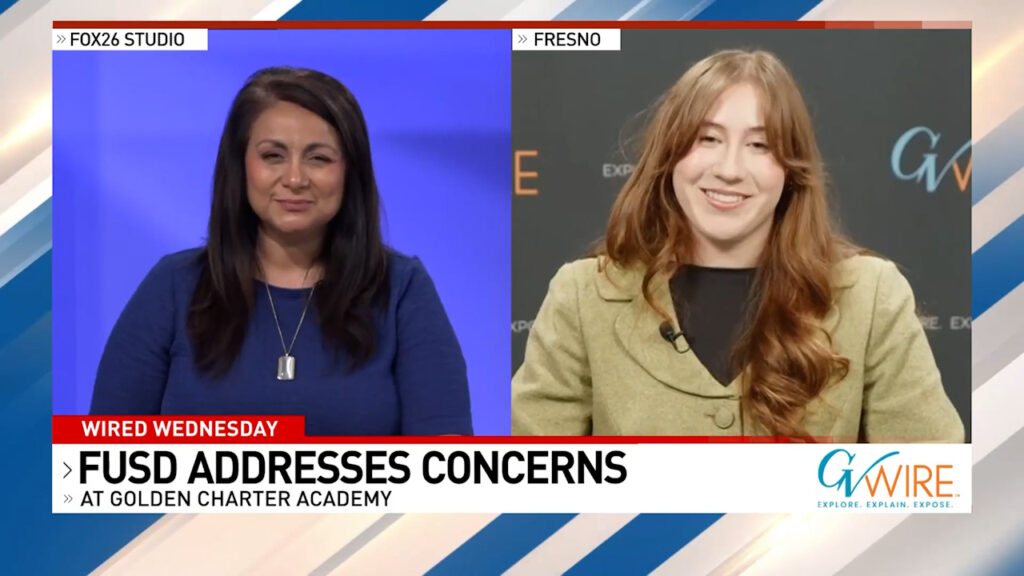Outside the Supreme Court building in Washington on April 4, 2025. As legal challenges to the Trump administration mount, the justices are facing a key test — a flood of “emergency applications” asking for immediate intervention. (Haiyun Jiang/The New York Times)

- The administration has filed 10 emergency applications, more than the Obama and Bush presidencies combined over 16 years.
- Critics argue the 'shadow docket' forces rushed decisions on major issues without full lower court review or transparency.
- Several justices, including Ketanji Brown Jackson and Elena Kagan, have criticized the fast-tracked, opaque approach.
Share
WASHINGTON — The Trump administration has in recent weeks asked the Supreme Court to allow it to end birthright citizenship, to freeze more than $1 billion in foreign aid and to permit the deportation of Venezuelans to a prison in El Salvador without due process.
In each case, the administration told the justices the request was an emergency.
By filing so-called emergency applications, the administration has asked for immediate intervention from the nation’s highest court 10 times so far — more than the total number of such requests during the 16 years of the presidencies of Barack Obama and George W. Bush. Trump administration lawyers have repeatedly told the justices their intercession is necessary to quickly undo the decisions of lower-court judges who have imposed temporary pauses on large swaths of President Donald Trump’s agenda.
The Rise of the ‘Shadow Docket’
The Supreme Court has in recent years heard about 60 to 80 traditional “merits” cases each term. These cases often arrive at the court only after months or years of consideration by lower courts. The justices do not issue opinions until after reading extensive briefs, listening to oral arguments and meeting to discuss, and exchanging multiple drafts of decisions.
But an emergency application is fast-tracked, with rulings expected within days or weeks of filing after limited briefing and no arguments. Traditionally reserved for clearly urgent matters — most often requests for stays of execution for people sentenced to death — they are now the favored path to challenge so-called nationwide injunctions, where a single federal judge issues a ruling that affects not only the parties to a case but also the entire nation.
Critics say emergency applications, also known as “the shadow docket,” force the justices to consider cases of enormous consequence — abortion rights, COVID-19 mandates and environmental regulations — quickly and without a fully developed record from lower courts. The applications now make up a significant amount of the justices’ workload, crowding their other cases.
For a court whose work is already veiled in secrecy, the emergency docket adds another layer of mystery because the court releases little information about its deliberative process on the applications, and the rulings often do not include the court’s reasoning or even a vote count.
“It has completely transformed what the Supreme Court does on a day-to-day basis,” said Stephen I. Vladeck, a law professor at Georgetown University who writes a weekly newsletter about the court and published a book about the emergency docket. “There’s no question: For better or for worse, the justices are confronting really important questions at earlier stages with less information and in contexts where the stakes are remarkably high.”
Justices Voice Concerns
In response to the glut of Trump administration applications, several of the justices themselves have now joined the chorus of criticism.
“This fly-by-night approach to the work of the Supreme Court is not only misguided,” wrote Justice Ketanji Brown Jackson in a dissent Monday to an emergency order that cleared the way for Trump to resume deportations of Venezuelans using a centuries-old wartime powers law. “It is also dangerous.”
“The risk of error increases when this court decides cases — as here — with bare-bones briefing, no argument and scarce time for reflection,” Justice Elena Kagan wrote in a dissent, referring to the court’s use of the emergency docket to allow the Trump administration to temporarily suspend $65 million in teacher-training grants for poor and rural areas.
The emergency applications filed by the administration so far focus on some of the most high-profile moves by Trump.
He and his allies have insisted immediate action by the justices is necessary to counter lower judges who have halted some of his policy moves. “If Justice Roberts and the United States Supreme Court do not fix this toxic and unprecedented situation IMMEDIATELY, our Country is in very serious trouble!” the president wrote on social media in March.
Mike Davis, a former law clerk to Justice Neil M. Gorsuch who now leads the Article III Project, an advocacy group that describes itself as using “brass knuckles to fight leftist lawfare,” said the justices had invited the flood of emergency applications by siding against one of the president’s first emergency requests in February to lift a district court stay preventing Trump from freezing nearly $2 billion in foreign aid. That sent a tacit message to lower-court judges, he said, that the Supreme Court wouldn’t interfere if they blocked Trump’s actions.
“They wouldn’t be in this mess if they would have shut down these activist judges several weeks ago,” Davis said. “That’s what unleashed these dozens of cases around the country.”
So far, the court has ruled on five of these applications, handing Trump a number of temporary victories but largely through narrow rulings that have allowed the justices to avoid weighing in on the larger issues presented by Trump’s actions, such as whether they are unconstitutional.
Five more are currently pending.
The emergency docket hasn’t always operated this way.
In February 2016, the court, by a 5-4 vote, dealt a major blow to Obama’s climate change plan by issuing an emergency order that temporarily blocked the administration’s attempt to combat global warming by regulating emissions from coal-fired power plants. The court’s four liberal members at the time dissented.
It was an unprecedented move by the Supreme Court, which had never before granted a request to pause a regulation before it was reviewed by a federal appeals court.
An Opaque Process
The strategy of seeking immediate Supreme Court review, led by the attorneys general from Texas and West Virginia, set off a new flood of emergency applications, many of them coordinated by groups of state attorneys general and filed under Republican and Democratic administrations.
Under the first Trump administration, the Justice Department went to the court to ask for emergency relief 41 times. The court sided with the administration and granted at least partial relief in 28 of the cases, according to data from Vladeck’s book, “The Shadow Docket.”
Under President Joe Biden, the government sought emergency relief 19 times and was granted relief 10 times.
Parties other than the government can also file emergency applications, though since Trump took office, it has often been the government seeking intervention, largely because so many of his policy moves have been blocked by the courts.
The “merits docket” is the traditional path for most of the seminal cases in American law: Brown v. Board of Education, Gideon v. Wainwright and New York Times v. Sullivan.
A ruling on a merits case is a long, deliberative process, starting with a lengthy consideration over whether the justices will even hear the case. The Supreme Court each year typically accepts only about 1% of the cases they are requested to review. They release their written opinions by the end of each term, along with concurrences and dissents.
The substance of the justice’s internal discussions for merits cases is a closely held secret. But the emergency applications process is even more opaque.
Each emergency application is first reviewed by only a single justice, based on where in the country the case originated. (Chief Justice John G. Roberts Jr. is assigned to applications from the U.S. Court of Appeals for the District of Columbia Circuit, where many of the Trump administration cases have originated.)
These applications are handled on “paper,” which means there are typically no hearings or oral argument. Justices do not need to be in the court building to act on an application.
The circuit justice can act on an application alone, but in significant cases, the justice sends a case to the rest of the justices to examine.
What happens next is shielded from public view.
A spokesperson for the court declined to comment about how the process works, directing a reporter to an online guide that does not detail it. But people familiar with the court’s work said the next step is handled informally by phone and through email.
A law clerk for the justice assigned to the case typically writes up a memo expressing a view on how the court should rule. This starts off memo traffic between the justices, emailed back and forth among the chambers. The votes are tallied, with the chief justice making sure each justice has voted and checking the count, especially since much of the work is done remotely and can happen at all hours.
To grant a stay request, five justices must agree. But unlike with normal merits cases, the court does not always announce a vote count or disclose how each justice voted.
The secrecy drew particular scorn from Jackson in the case of the Venezuelan migrants this week. She cited Korematsu v. United States, a notorious 1944 decision by the court upholding the forcible internment of Japanese Americans during World War II, writing, “At least when the court went off base in the past, it left a record so posterity could see how it went wrong.”
Often, the best clue to the court’s reasoning comes not from the majority but from statements or dissents included along with the majority’s order.
It’s there, too, that some of the justices have aired their discontent about the emergency docket.
In April 2022, the justices reinstated a Trump administration regulation that made it more difficult for states to block infrastructure projects that could cause water pollution. The case, Louisiana v. American Rivers, was decided on the emergency docket without explanation of the court’s reasoning.
It prompted a dissent from Kagan, who criticized the court’s decision to hear the case as an emergency, writing that the emergency docket was becoming “only another place for merits determinations — except made without full briefing and argument.”
“That renders the court’s emergency docket not for emergencies at all,” she wrote.
—
This article originally appeared in The New York Times.
By Abbie VanSickle/Haiyun Jiang
c. 2025 The New York Times Company
RELATED TOPICS:
Categories
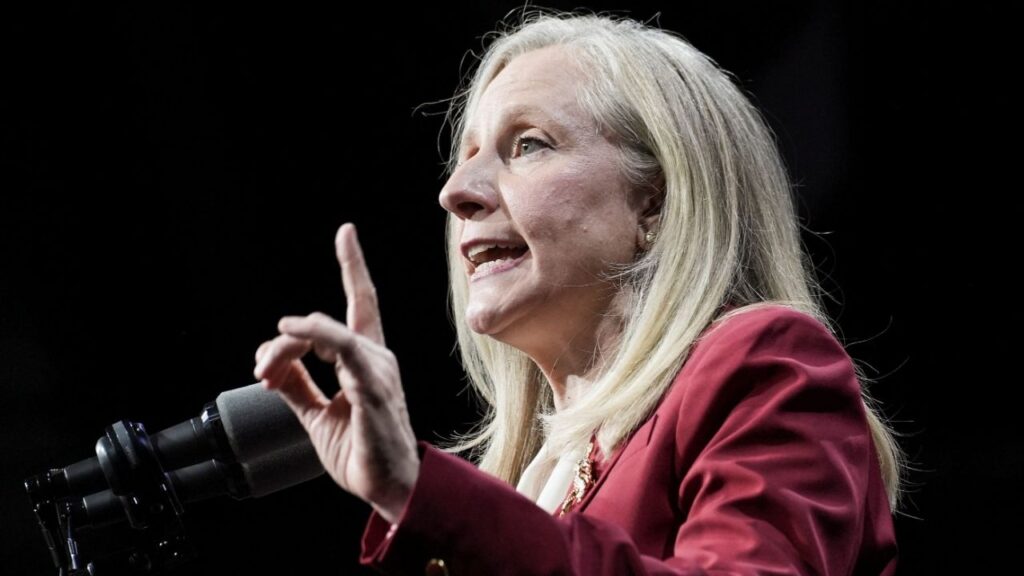
Takeaways From US Election Night 2025




